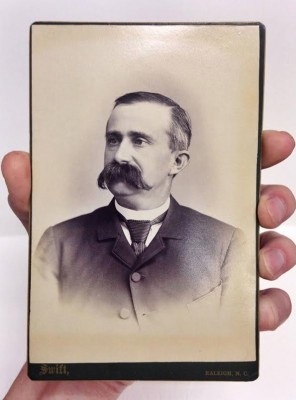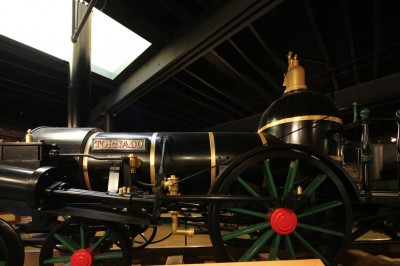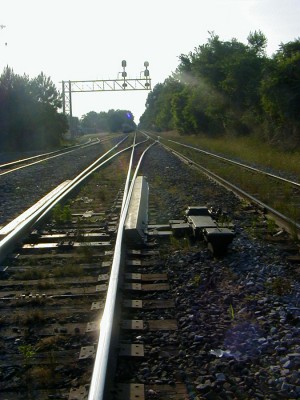The Conductor, the Flag and Sherman
It’s been said that every few minutes we take as many photos as all of humanity took in the 1880’s. In the mid 1800’s a photographic representation of reality was considered technological marvel. Needless to say, photography has changed a great deal over the past 150 years. Before camera phones, digital cameras, disposable film cameras or Kodak Brownies, there was the carte de visite — a small albumen print mounted on card stock measuring about 2″x3.5″. These small portraits about the size of a modern business card were traded among friends and family. Many times these small portraits ended up being pasted into blank books – the debut of the photo album. Read more »




 Sign up for the Newsletter
Sign up for the Newsletter